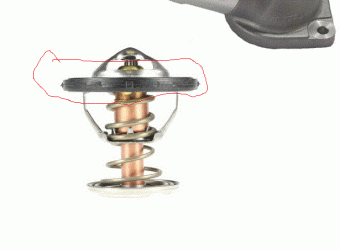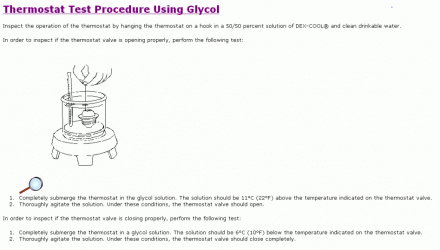Caslotillo
Full Member
- Joined
- Jul 26, 2021
- Messages
- 9
Hello,
I have a 2002 Avalanche, and I keep getting the message, “Check Coolant Temp”. I replaced the water pump 2 years ago, and have replaced the thermostat last week. I replaced the coolant temp sensor today, and I am still getting this same error message. I was advised that there may be air in the cooling system, and to bleed the air out. I bought a coolant refill kit, with the funnel, and all the little attachments to bleed the air. I’m still getting the same error message. The heater blows cold air still, although while i was bleeding the air out of the system, the heater blew hot air just for a fed minutes, then started to blow cold air again. The temp gage still shows hot ant the message appear. I have sought help elsewhere, but some people think that I’m talking about the ”Low Coolant” message. This is not it. Can someone please help me? Thanks in advance.
I have a 2002 Avalanche, and I keep getting the message, “Check Coolant Temp”. I replaced the water pump 2 years ago, and have replaced the thermostat last week. I replaced the coolant temp sensor today, and I am still getting this same error message. I was advised that there may be air in the cooling system, and to bleed the air out. I bought a coolant refill kit, with the funnel, and all the little attachments to bleed the air. I’m still getting the same error message. The heater blows cold air still, although while i was bleeding the air out of the system, the heater blew hot air just for a fed minutes, then started to blow cold air again. The temp gage still shows hot ant the message appear. I have sought help elsewhere, but some people think that I’m talking about the ”Low Coolant” message. This is not it. Can someone please help me? Thanks in advance.




